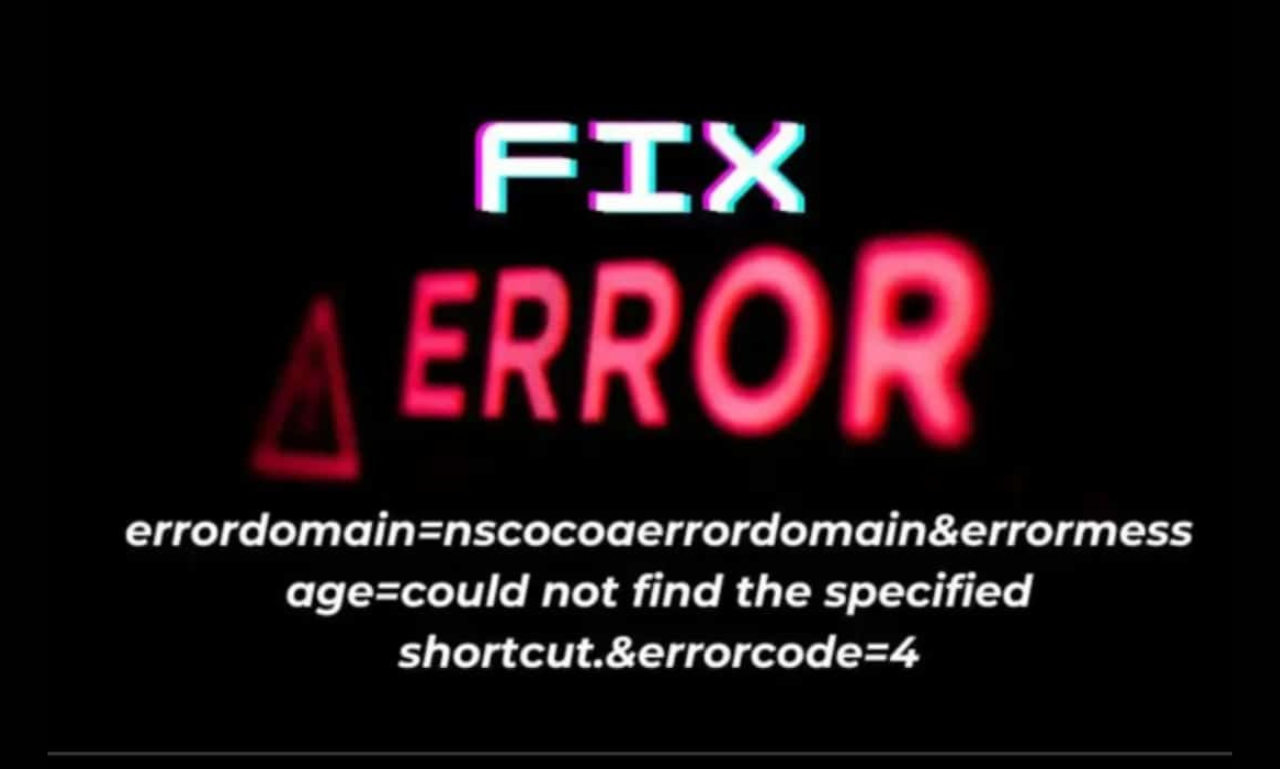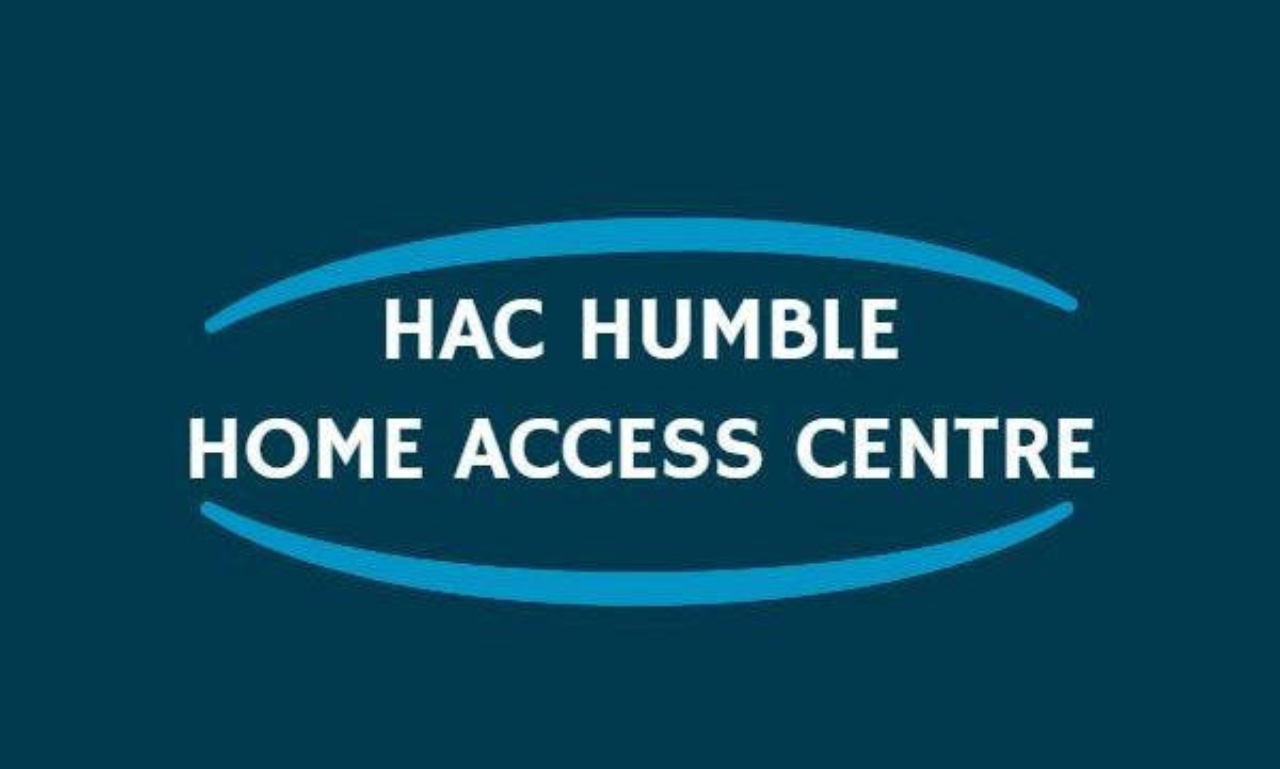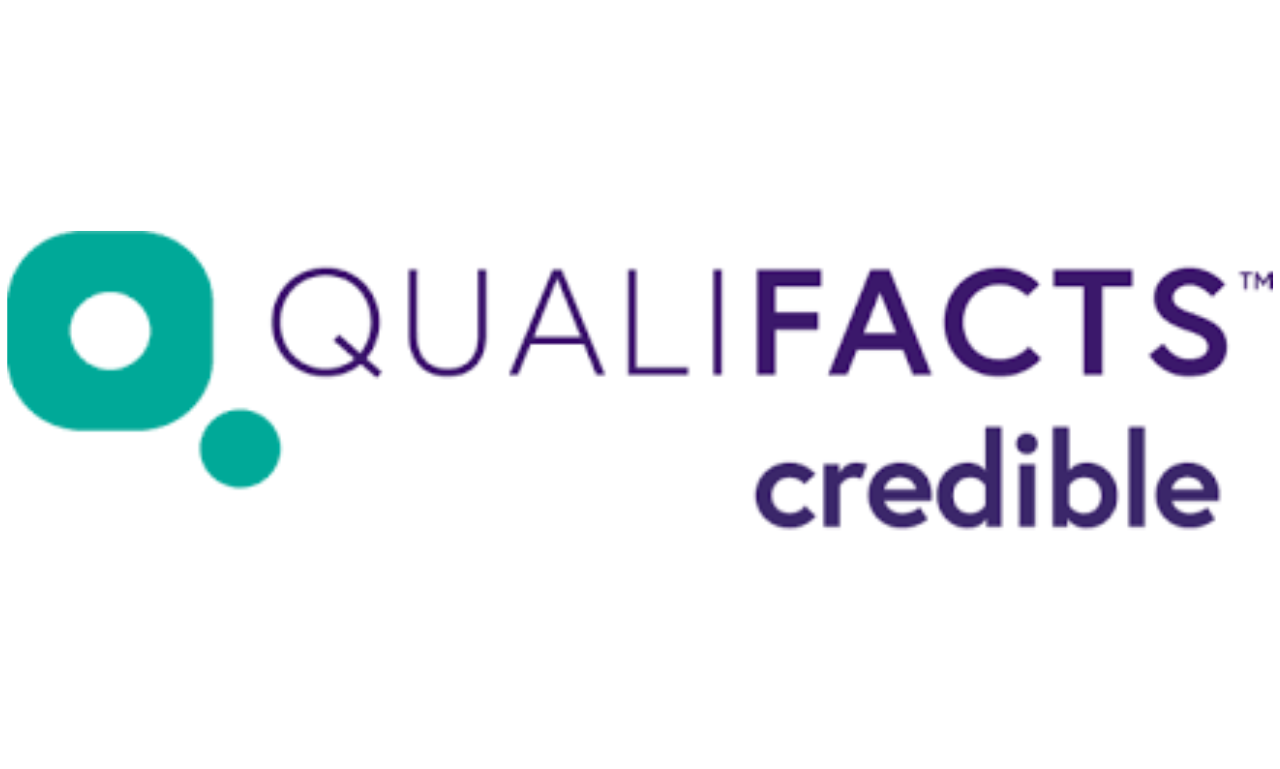Table of Contents
In today’s digital age, appearing on the first page of Google search results is crucial for businesses, personal brands, and content creators. With the vast amount of information on the internet, standing out can seem like a daunting task. But fear not! In this blog post, we will explore actionable strategies and insights to help you get on the first page of Google search—just like David Aziz, an SEO expert who has mastered the art of optimizing content for search engines.
Understanding the Importance of Google’s First Page
Why is getting on the first page of Google so important? The statistics are clear: more than 90% of users never scroll past the first page. If your website or content isn’t there, you’re missing out on potential traffic, leads, and opportunities. This makes search engine optimization (SEO) a must if you want to grow your online presence and reach a wider audience.
The following steps will guide you through the essential SEO techniques that can help you rank higher and potentially land on that coveted first page of Google.
1. Keyword Research: The Foundation of SEO

One of the first things you need to focus on is keyword research. Keywords are the search terms people type into Google to find information. You need to identify the right keywords that your target audience is using.
How to get on first page of Google search David Aziz
This is a great example of a long-tail keyword that can help you rank higher for a specific search query. Long-tail keywords are longer, more specific phrases that tend to have lower competition compared to generic keywords.
Tools for Keyword Research:
- Google Keyword Planner: This free tool gives you insights into keyword volume and competition.
- Ubersuggest: A beginner-friendly tool that offers keyword ideas, search volume, and SEO difficulty.
- Ahrefs or SEMrush: These paid tools provide in-depth analysis of your competitors’ keywords, backlink strategies, and more.
After identifying your main keyword (such as “how to get on first page of Google search David Aziz“), incorporate it naturally throughout your content, including headings, subheadings, and meta tags.
2. On-Page SEO: Optimizing Your Content

Once you’ve settled on your target keywords, it’s time to optimize your website and content for those keywords. On-page SEO refers to the techniques you use on your webpage to help Google understand what your content is about.
Best Practices for On-Page SEO:
- Title Tags: Include your main keyword (how to get on first page of Google search David Aziz) in the title tag. This tells search engines and users what your page is about.
- Meta Descriptions: Write compelling meta descriptions that incorporate your target keywords. Meta descriptions are the short blurbs that appear below your link in search results.
- Headings (H1, H2, H3): Use keywords in your headings to improve structure and readability. For instance, the H1 tag could be the blog’s title, while H2 tags break down main sections of your content.
- Content: Write content that is easy to read and engaging for users. Google favors websites that provide valuable information. Aim to create detailed, long-form content that thoroughly answers users’ questions.
Example:
Your content might include sentences like, “To truly understand how to get on the first page of Google search, David Aziz recommends focusing on long-tail keywords that match user intent.”
3. Mobile Optimization: Ensure a Seamless Experience

With more than 60% of Google searches coming from mobile devices, your website must be optimized for mobile. Google uses mobile-first indexing, meaning it primarily uses the mobile version of your site for ranking.
To ensure your site is mobile-friendly, consider the following:
- Use responsive web design, so your website adjusts to fit all screen sizes.
- Keep images and videos optimized for fast loading times.
- Avoid pop-ups or elements that obstruct mobile navigation.
Google’s Mobile-Friendly Test tool allows you to check if your site passes mobile optimization standards.
4. Backlinks: Building Authority

Another crucial factor in Google rankings is backlinks—links from other websites pointing to your content. Google views these backlinks as votes of confidence in your site’s credibility.
But not all backlinks are created equal. High-quality backlinks from authoritative sites will boost your rankings much more than low-quality links. David Aziz has consistently emphasized the importance of building a strong backlink profile.
Strategies to Build Backlinks:
- Guest Blogging: Write guest posts for other reputable websites in your niche and include a link back to your site.
- Outreach: Contact industry influencers or bloggers and ask if they’re interested in linking to your content, provided it offers value to their readers.
- Create Shareable Content: Infographics, data-driven studies, and in-depth guides are more likely to be shared and linked by others.
5. Speed Optimization: Improve Load Time
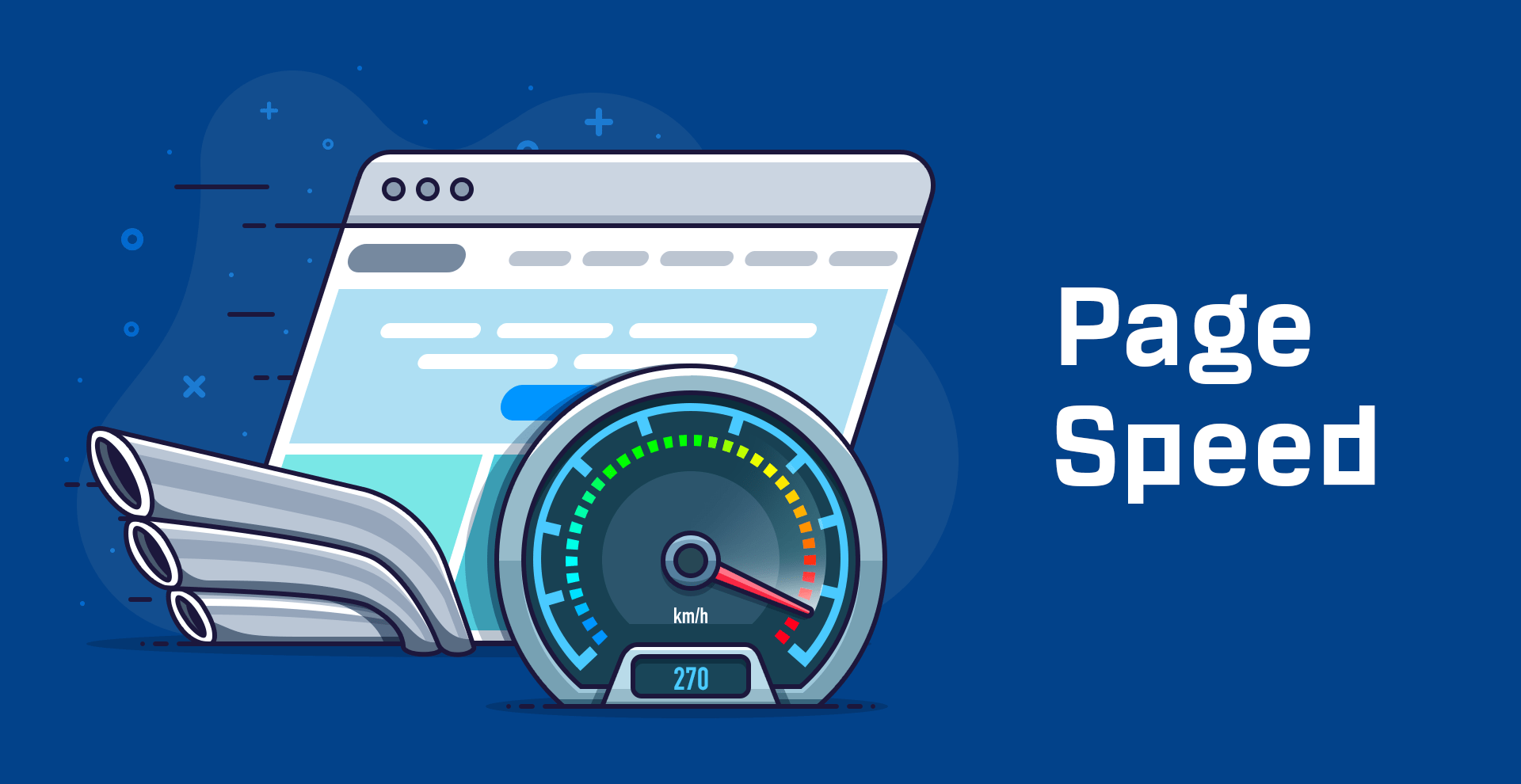
Website speed is another ranking factor that Google considers. If your site takes too long to load, users will bounce, and Google will assume that your content isn’t valuable. This can hurt your chances of landing on the first page.
Ways to Improve Website Speed:
- Compress Images: Large image files can slow down your site. Use image compression tools to reduce file sizes without sacrificing quality.
- Leverage Browser Caching: Caching allows visitors’ browsers to store elements of your site, which speeds up loading times on future visits.
- Use a Content Delivery Network (CDN): A CDN distributes your website’s content to multiple servers worldwide, reducing load time for international visitors.
6. User Experience: Keep Visitors Engaged

Google places high importance on user experience (UX). Sites that are user-friendly, easy to navigate, and offer value are more likely to rank higher.
Consider the following:
- Internal Linking: Link to other relevant pages within your own site to keep users engaged and encourage them to explore more.
- Clear Calls-to-Action (CTAs): Make it easy for visitors to understand what steps to take next (e.g., “Learn More,” “Contact Us”).
- Readable Font and Layout: Ensure that your text is easy to read and that your layout is clean and organized.
7. Regularly Update Your Content

Google loves fresh content. Regularly updating your blog posts or web pages can signal to Google that your content is relevant and up-to-date.
David Aziz emphasizes the importance of staying on top of your content’s relevance. Outdated information can quickly cause your ranking to drop, especially in rapidly evolving industries like technology or finance.
Tips for Updating Content:
- Add new information or statistics.
- Update your meta tags and keywords based on recent trends.
- Refresh the design or layout for improved readability.
8. Monitoring and Analytics: Track Your Progress
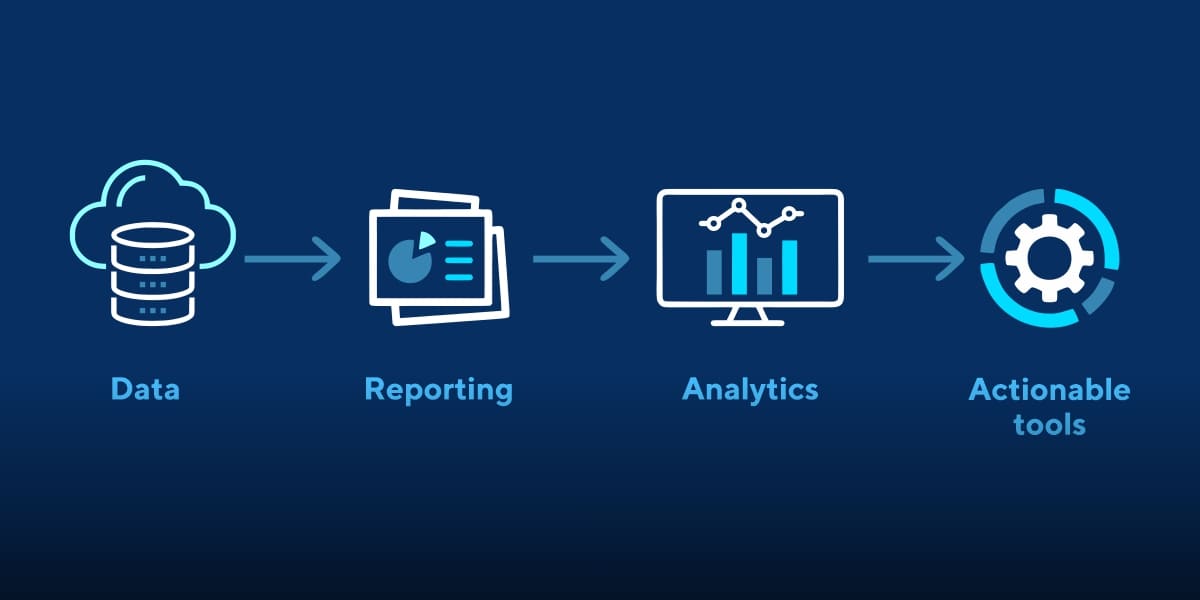
After implementing SEO strategies, you need to monitor your progress to see what’s working and where you can improve. Tools like Google Analytics and Google Search Console allow you to track your rankings, organic traffic, and user behavior.
Pay close attention to metrics like:
- Bounce Rate: The percentage of visitors who leave your site after viewing just one page.
- Average Session Duration: How long visitors spend on your site.
- Click-Through Rate (CTR): How many people click on your site from the search results.
These insights will help you refine your SEO strategy over time.
Conclusion: How to Get on First Page of Google Search David Aziz
Getting on the first page of Google search is no small feat, but with dedication, the right strategy, and consistent effort, it’s achievable. By focusing on keyword research, on-page SEO, backlinks, and improving your site’s user experience, you can significantly increase your chances of ranking higher on Google. As David Aziz’s success shows, understanding the basics of SEO and applying these practices can help you get noticed, drive traffic, and grow your online presence.
Remember, SEO is an ongoing process. Stay updated with the latest algorithm changes, keep improving your site’s content and performance, and in time, you’ll see the results you’re aiming for.
Here are 10 frequently asked questions (FAQs) related to the article “How to Get on the First Page of Google Search: David Aziz’s Guide”:
1. What is the first step to getting on the first page of Google search?
The first step is conducting thorough keyword research to identify the terms and phrases that your target audience is searching for. Using tools like Google Keyword Planner and Ubersuggest can help you find the right keywords, such as “how to get on first page of Google search David Aziz.”
2. How important is keyword placement for ranking on Google?
Keyword placement is crucial. Incorporate your target keywords in strategic areas like title tags, meta descriptions, headings, and throughout your content to improve on-page SEO.
3. How does mobile optimization affect my Google ranking?
Since Google uses mobile-first indexing, a mobile-friendly website is essential. Ensuring that your site is optimized for mobile devices helps improve user experience and can boost your rankings.
4. What are backlinks, and why are they important for SEO?
Backlinks are links from other websites that point to your site. They act as “votes of confidence” in your content’s credibility. High-quality backlinks from authoritative sites can significantly improve your Google ranking.
5. How can I improve my website’s loading speed?
To improve loading speed, you can compress images, use browser caching, and implement a Content Delivery Network (CDN). These actions enhance user experience and contribute to higher rankings.
6. What is on-page SEO, and how does it affect Google rankings?
On-page SEO refers to optimizing individual web pages to rank higher on Google. This includes using keywords in title tags, meta descriptions, headings, and optimizing content for readability and user engagement.
7. How do I monitor my progress in ranking on Google?
Tools like Google Analytics and Google Search Console can help you monitor your progress. These tools allow you to track your organic traffic, click-through rates, bounce rates, and other important SEO metrics.
8. Why is user experience (UX) important for SEO?
Google favors websites that offer a great user experience. If your website is easy to navigate, has clear CTAs, and engages visitors, it will improve your ranking and keep users on your site longer.
9. How often should I update my website content to maintain a good ranking?
Regularly updating your content keeps it relevant and fresh. Adding new information, refreshing design, or adjusting keywords based on recent trends can help maintain or improve your ranking over time.
10. What is the difference between long-tail and short-tail keywords in SEO?
Long-tail keywords are specific phrases with lower search volume but less competition, making it easier to rank for them. Short-tail keywords are broader and more competitive. For example, “how to get on first page of Google search David Aziz” is a long-tail keyword that targets a specific query.





